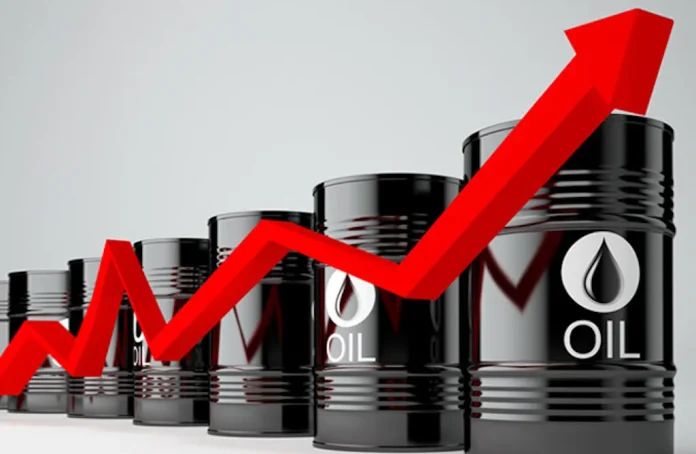Oil prices fell further in the global commodities market following pessimistic comments from the Organization of Petroleum Exporting Countries and the International Energy Agency.
Brent fell to $73.71 per barrel on Thursday, while the US benchmark West Texas Intermediate (WTI) dropped 0.7% to $69.60 per barrel. Aside from low demand estimates, fears that the incentives proposed this month to revive the Chinese economy are insufficient have kept oil prices under pressure.
To combat the real estate sector’s collapse, the Chinese government boosted the credit cap for enterprises that satisfy the standards to 4 trillion yuan.
In separate reactions, analysts believe that stimulus package announced for the ongoing problems in the real estate sector in China will have a positive effect, however, the incentive does not meet the expectations of the sector.
Data from the American Petroleum Institute (API) released late on Wednesday showed a decrease of 1.58 million barrels in US commercial crude oil inventories, contrary to market expectations of a 3.2 million barrel rise.
The reserve drop reflected market perceptions of strengthening domestic demand, supporting upward price movements. Official figures from the Energy Information Administration (EIA) are scheduled for later in the day. If a rise in crude oil inventories is confirmed, prices are likely to climb.
Escalating tensions in the Middle East, a region responsible for much of the world’s oil production, continue to influence upward price movements by fueling market players’ supply fears.
US WTI hovered near $70/ while ICE Brent was trading just below $75 per barrel this morning as market participants await fresh updates from the Middle East.
Meanwhile, market outlooks released by OPEC and IEA this week suggested sluggish demand and a sizable supply surplus for the next year, which is keeping pressure on oil prices.
The American Petroleum Institute (API) numbers released overnight were somewhat constructive for the oil market, ING analysts said in a Thursday note.
The institute reported that US crude oil inventories dropped by 1.6 million barrels over the last week, in contrast to the market expectations of a build of 1.5 million barrels.
The API also reported large inventory draws for products, with gasoline and distillate stocks falling by 5.9m barrels and 2.7m barrels respectively. The more widely followed EIA report will be released later today.
A recent report suggests Iran encountered an oil leak yesterday near its top export terminal in the Persian Gulf. The leak happened on subsea pipelines close to the Kharg Island export terminal. However, the cause of the incident and its impact on exports are still not clear, while authorities have already started efforts to contain the leak.
Meanwhile, European gas prices also came under pressure on reports of stronger LNG flows. Recent data from Bloomberg suggests that flows from terminals that import liquefied natural gas in northwest Europe rose to the highest level since April earlier this week.
An unusually mild autumn across Europe could also weigh on the gas demand for heating purposes over the next few days. Meanwhile, European storage remains higher at 95% full as of 15 October, above the five-year average of 92%.














